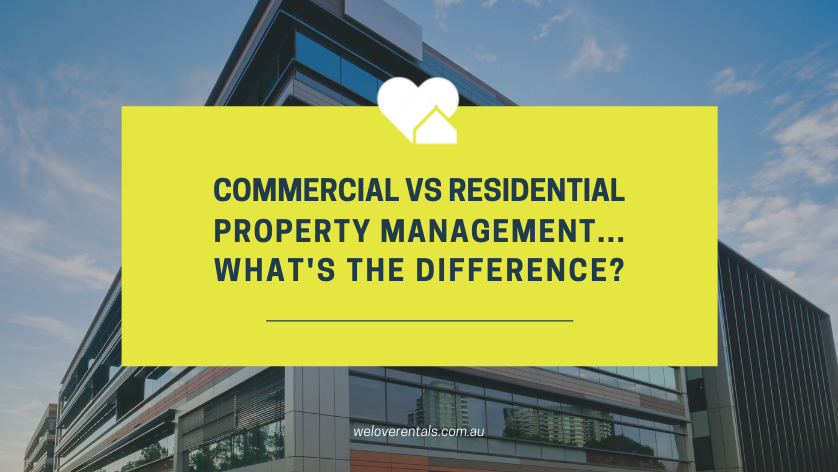Commercial vs. Residential Property Management: What’s Different?
Property management may seem similar across the board, but managing commercial and residential properties involves fundamentally different responsibilities, strategies, and challenges.
Here’s a breakdown of the key differences:
1. Tenant Types
-
Residential: Involves individuals or families leasing apartments, houses, or condos.
-
Commercial: Deals with businesses leasing offices, retail spaces, warehouses, or industrial properties.
Key Difference: Residential tenants are usually more emotionally invested in the space, while commercial tenants treat it as a business asset.
2. Lease Agreements
-
Residential: Leases are typically short-term (1–2 years), highly regulated, and fairly standardized.
-
Commercial: Leases are longer (3–10 years), more negotiable, and complex—often customized to suit the business’s needs.
Key Difference: Commercial leases often include clauses like rent escalations, triple net leases, and fit-out provisions.
3. Legal and Regulatory Environment
-
Residential: Heavily governed by landlord-tenant laws to protect individuals.
-
Commercial: Fewer tenant protections; legal frameworks are more contractual and less standardized.
Key Difference: Residential management requires deeper knowledge of consumer protection laws.
4. Maintenance and Upkeep
-
Residential: Property managers handle most maintenance and repairs.
-
Commercial: Tenants often take on some maintenance responsibilities, especially under net lease agreements.
Key Difference: Commercial tenants may be more self-reliant, reducing the property manager’s day-to-day maintenance load.
5. Income Potential and Risk
-
Residential: Lower rental income per unit but more stable during economic downturns.
-
Commercial: Higher income potential but more vulnerable to economic shifts (e.g., business closures).
Key Difference: Commercial properties can offer better ROI, but with higher vacancy risk.
6. Property Value Drivers
-
Residential: Driven by location, local amenities, and market trends.
-
Commercial: Largely influenced by tenant quality, lease length, and rental income streams.
Key Difference: Commercial property value is more directly tied to its income-generating potential.
7. Management Intensity
-
Residential: Higher tenant turnover and more frequent maintenance requests.
-
Commercial: Fewer tenants, but each requires more complex service and communication.
Key Difference: Residential management is often more hands-on; commercial is more strategic.
8. Marketing and Leasing Strategy
-
Residential: Mass marketing through online portals, photos, and quick turnovers.
-
Commercial: Niche marketing, broker involvement, and longer lease-up periods.
Key Difference: Commercial leasing demands more time, expertise, and negotiation.
Conclusion
While both types of property management aim to maintain assets and ensure profitability, the approach, expertise, and challenges differ significantly. Understanding these differences is crucial whether you’re investing, managing, or leasing property. Choosing the right management style—or hiring professionals with domain-specific experience—can make or break the success of your real estate investment.

Leave a Reply